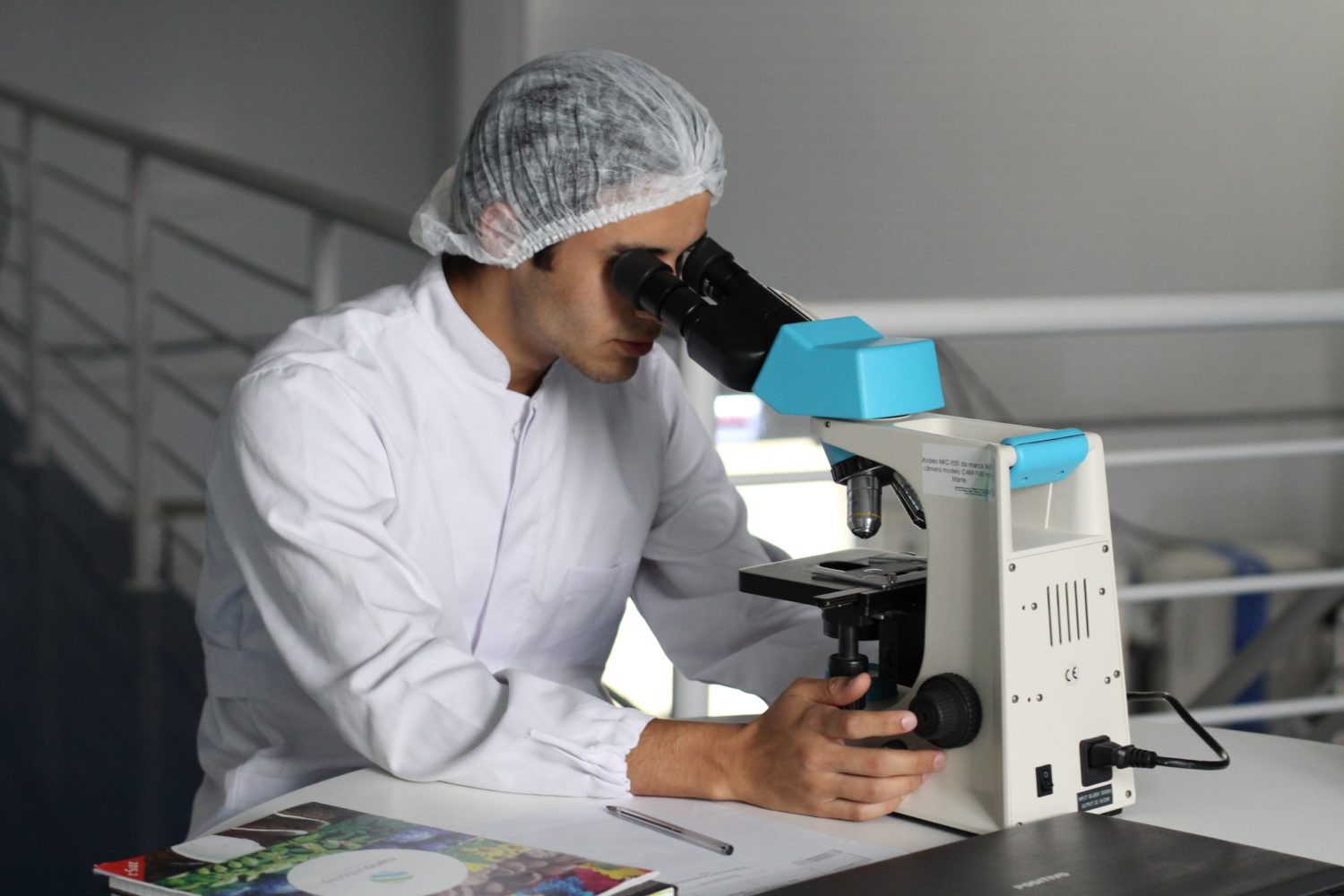Biondi A, Freni F, Carelli C, Moretti M, Morini L
Forensic Sci Int. 2019 Jul;300:106-119
Abstract
Ethyl glucuronide (EtG) is a minor, non-oxidative ethanol metabolite that can be detected in several matrices (e.g. blood, urine, hair, meconium) for variable periods of time.
Quantification of EtG in hair (hEtG) has established itself, over recent years, as one of the most reliable biomarkers of long-term alcohol consumption habits, with the Society of Hair Testing (SoHT) offering cut-off values for assessment of both abstinence and heavy drinking (>60 g/day). Despite its high diagnostic performance, however, issues concerning inter- and intra-laboratory variability as well as data interpretation are still being investigated and represent the ultimate barrier to widespread acceptance of hEtG in the forensic context.
The aim of this review is to summarize currently available analytical methods of hEtG testing, provide a framework to understand current hEtG cut-offs and their possible upcoming changes (in particular, a lower abstinence cut-off has been proposed for the 2019 revision of the SoHT consensus), and offer a schematic but exhaustive overview of the pitfalls in result reproducibility and interpretation that may limit applications of hEtG testing in the forensic context.
Ultimately, the purpose of the authors is not to undermine the reliability of hEtG as an alcohol use marker, but rather to enhance it by promoting familiarization with all aspects related to it, from ethanol pharmacokinetics and EtG incorporation into hair, to sample preparation and analytical methods, to specific cases warranting close attention and additional tests for correct interpretation of hEtG results.

